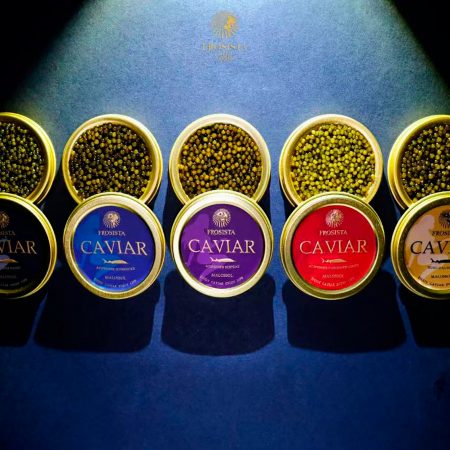They say good things come in small packages, and that is certainly the case with caviar exports from the Chinese Mainland. A tin of caviar may be small, but it’s also an expensive and perishable product, which makes it a good thing that cannot wait.
The Cathay Cargo team in Chengdu has adapted the Cathay Fresh solution to enable the swift, temperature-controlled export of consignments of this black gold to high-end restaurants and shops across the globe.
The world’s largest caviar exporter
The Chinese Mainland was the biggest exporter of caviar in 2023, exporting some 276 tonnes. While that’s imperceptible in global cargo terms, it’s a vast quantity of a delicacy bought and served by the gram, and far outpaces the traditional export markets of Russia and Iran.
In part, this growth is the result of years of research into making caviar into a more sustainable product. Historically, caviar has been produced by harvesting eggs from fish that take years to grow and are killed in the extraction process.
Now, strides in breeding have led to faster maturing fish, while new techniques mean fish can be returned to the water after their roe has been removed, as is the case with some exports. So rather than scarcity alone, this caviar’s cost is also derived from hard years spent in R&D and in creating an environment to produce caviar more sustainably.
One of the areas with the right environment is in Ya’an in the west of Sichuan Province. Here, the clear mountain water offers an ideal aquaculture environment, and the region exports around 100 tonnes of caviar a year to destinations from Hong Kong to New York, Paris and Toronto.







